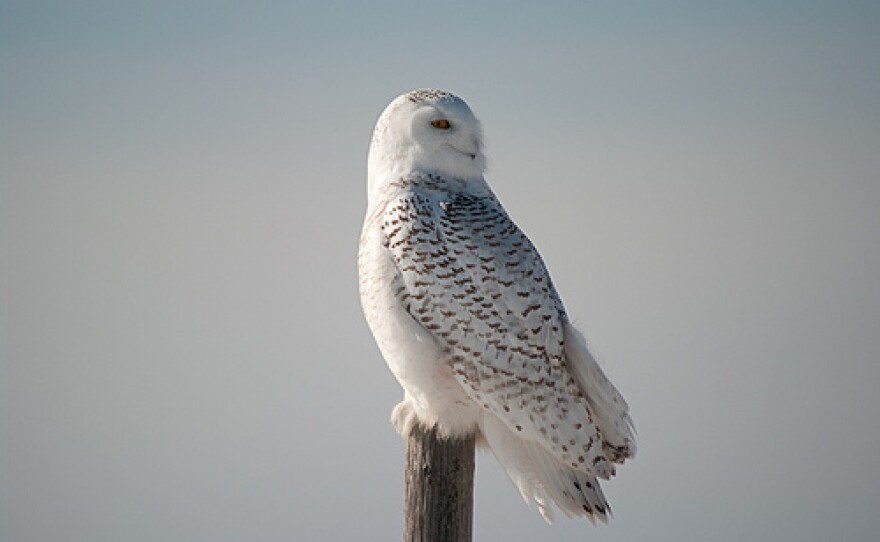This year is being referred to as an "invasion year" for snowy owls, and it might be one for the record books.
Most of the snowy owl sightings have been along the coast where a flat, open landscape resembles their native tundra. Reports from New Hampshire birders include sightings of up to nine in a single day. On Nantucket, the annual Christmas Bird Count found 33, far surpassing the previous count record of four.

One story in the news has focused on Kennedy International Airport. There aren't many wide open spaces left in the Northeast, and airports—absent other options—have become a magnet for snowy owls. Three were shot at Kennedy in order to lessen what was seen as a risk of bird strikes. "Hoot to Kill" read a New York Daily News headline, and Harry Potter's owl was invoked.
Within days of the story and resulting outcry, the airport shifted to a trap-and-relocate policy similar to one being used at Logan Airport. For three decades snowies have been trapped at Logan and relocated—including over 20 this winter.
So what’s the reason for this invasion? Most likely it’s a result of a boom year for lemmings, the owls' main prey. This in turn, may have contributed to a population explosion for snowy owls. Food availability determines their brood size, with no eggs laid in extreme scarcity and up to nine eggs laid when food is abundant. While adults sit tight and defend their established home territories, overcrowding forces young owls to wander.
That's certainly part of the explanation, but the cause and effect equation for animal behavior has many unknown variables. What's known for sure: this winter is a great time to watch open spaces for exotic visitors from the Far North.










